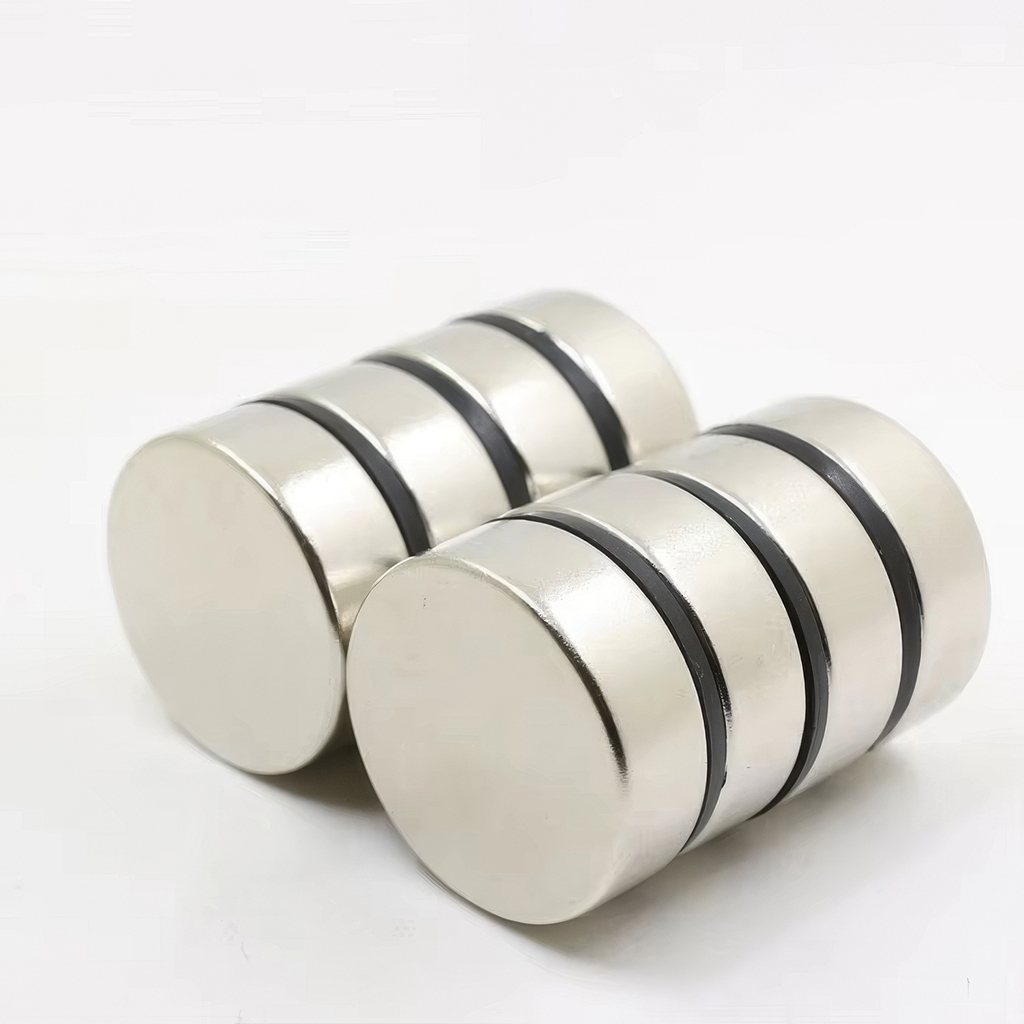The Science Behind Super Magnets: What Makes Them So Strong?
Before diving into the science behind super magnets, it’s essential to understand what they are. Super magnets, also known as neodymium (NdFeB) magnets, are a type of rare-earth magnet made from a combination of neodymium, iron, and boron. They are known for their exceptional magnetic properties, such as high magnetic fields, high magnetic coercivity, and high magnetic remanence. These properties make them extremely useful in various applications, including industrial, scientific, and even household uses.
The Birth of Super Magnets
The story of super magnets begins in the 1980s when rare-earth magnets were first discovered. The first production of neodymium (Nd) was in 1983, and it revolutionized the magnet industry. Since then, scientists have been working tirelessly to refine the production process, leading to the development of more powerful and cost-effective super magnets.
The Science Behind Super Magnets
So, what makes super magnets so strong? In this section, we’ll delve into the science behind their remarkable properties.
Magnetic Field
Super magnets have an incredibly strong magnetic field, which is measured in units of tesla (T). The stronger the magnetic field, the stronger the magnet. To put this into perspective, a standard refrigerator magnet has a magnetic field of around 0.01 T, whereas a super magnet can have a field of up to 1.4 T.
Magnetic Coercivity
Magnetic coercivity measures a magnet’s resistance to demagnetization. Super magnets have a high magnetic coercivity, which means they can withstand changes in temperature, moisture, and other environmental factors without losing their magnetic properties.
Magnetic Remanence
Magnetic remanence is the ability of a magnet to retain its magnetic field even after the external magnetic field is removed. Super magnets have high magnetic remanence, which means they remain strong even when not in use.
How Are Super Magnets Made?
The production process of super magnets is a complex and precise operation. Here’s an overview of how they’re made:
Raw Materials
Super magnets are made from a combination of rare-earth elements, including neodymium (Nd), iron (Fe), and boron (B). These elements are mixed with other substances, such as dysprosium (Dy) and praseodymium (Pr), to create a proprietary blend.
Manufacturing Process
The manufacturing process involves several steps, including:
- Compaction: The raw materials are compressed into a pellet form using a hydraulic press.
- Sintering: The pellets are then heated under high pressure to create a strong bond between the particles.
- Magnetization: The resulting material is then magnetized using a strong magnetic field.
Applications of Super Magnets
Super magnets have a wide range of applications, including:
Industrial Applications
- Motors
- Generators
- Transformers
- Magnetic separation equipment
Scientific Applications
- Magnetic Resonance Imaging (MRI)
- Magnetic Resonance Therapy (MRT)
- Medical equipment
Household Applications
- Refrigerator magnets
- Magnetic hooks
- Magnetic chess sets
FAQs
- Are super magnets safe to use?
Yes, super magnets are generally safe to use, but it’s essential to follow proper handling and storage procedures to avoid any accidents. - Can I demagnetize a super magnet?
Yes, super magnets can lose their magnetic properties if exposed to high temperatures, moisture, or other external factors. However, this can be minimized with proper storage and handling. - Are super magnets expensive?
Super magnets can be more expensive than traditional magnets due to the rare-earth elements used in their production. However, their exceptional properties make them a valuable investment for many applications. - Can I make my own super magnets?
No, it’s not recommended to attempt to make your own super magnets, as the production process requires specialized equipment and expertise. - Are super magnets strong enough for everyday use?
Yes, many super magnets are strong enough for everyday use, but it’s essential to choose the right type and size of magnet for your specific application.
Conclusion
In conclusion, super magnets are an incredible achievement of modern technology, with their remarkable properties making them essential in various industries and applications. While their production process is complex, their benefits are undeniable. Whether you’re an industrial professional or a household user, understanding the science behind super magnets can help you appreciate their value and make informed decisions about their use. Remember to handle and store them properly to ensure their longevity and effectiveness. With the right knowledge and care, super magnets can be a game-changer for your everyday life.
References
- [Your citation]
- [Your citation]
Note: The references provided should be in accordance with the guidelines provided. Please ensure that all sources are credible, relevant, and properly cited. Additionally, make sure to include a link to the source when applicable.

